Description
**”Electric Dreams: Art and Technology Before the Internet”** is an exhibition that explores the relationship between art and technology in the period before the rise of the internet and digital culture as we know it today. The show examines how artists from the mid-20th century to the 1980s used emerging technologies, such as computers, video, and electronics, to create innovative works that pushed the boundaries of art and science.
Here are some key themes and features likely covered in an exhibition like *Electric Dreams*:
### 1. **Early Computer Art**
Artists in the 1950s to 1980s began experimenting with computers as a tool for art-making. Long before the internet became a household fixture, these artists used early computer graphics, machine code, and algorithms to create abstract and experimental works. Pioneers such as Harold Cohen (with his AARON program) and Frieder Nake used computational processes to generate art, blending technology and creativity.
### 2. **Video Art and Telecommunication**
In the 1960s and 1970s, artists turned to video as a new medium. Video art involved manipulating television technology, video editing, and projections. Artists like Nam June Paik, who is often referred to as the father of video art, used television sets and magnetic tapes to create experimental works that questioned the nature of media and its relationship to society.
### 3. **Interactive Art**
Before the internet, artists explored interactive art through technologies like sensors, light, and sound. They created works that invited the audience to engage with the technology in real-time. This engagement often involved motion sensors, pressure-sensitive surfaces, or even early forms of digital interfaces to allow the audience to influence the work’s outcome.
### 4. **Cybernetic and Kinetic Art**
Cybernetic art is the fusion of art, technology, and feedback systems. Artists like Nicolas Schöffer and Jean Tinguely created works that responded to their environments or movements, blending kinetic sculptures with electronics. These artists were part of a broader interest in systems theory and feedback loops, where art becomes a dynamic process rather than a static object.
### 5. **The Rise of New Media**
While the internet was still in its infancy, new media technologies like early personal computers, the fax machine, and the beginnings of digital photography began to shape the world of art. Artists such as David Hockney experimented with Polaroids and digital manipulation, pushing the boundaries of what could be considered “art” using these new tools.
### 6. **Social and Cultural Contexts**
The artists featured in exhibitions like *Electric Dreams* were influenced by the cultural shifts of the time. The rapid growth of technology, the Cold War, the space race, and the environmental and societal changes of the 1960s and 1970s provided rich material for artists interested in exploring the intersection of technology, identity, and society.
### 7. **Preserving the Digital Past**
An important aspect of *Electric Dreams* would be the preservation and restoration of early digital works. Many of these works were created using now-obsolete technology and software, making them challenging to experience today. Museums and galleries must rely on creative methods to preserve and exhibit these early works of digital art.
### 8. **Technological Optimism and Critique**
While many artists were excited by the possibilities of technology, others were more critical of its potential consequences. The excitement about the possibilities of machines, artificial intelligence, and automation was tempered by a critical view of the loss of human touch, privacy concerns, and the dehumanizing effects of technology.
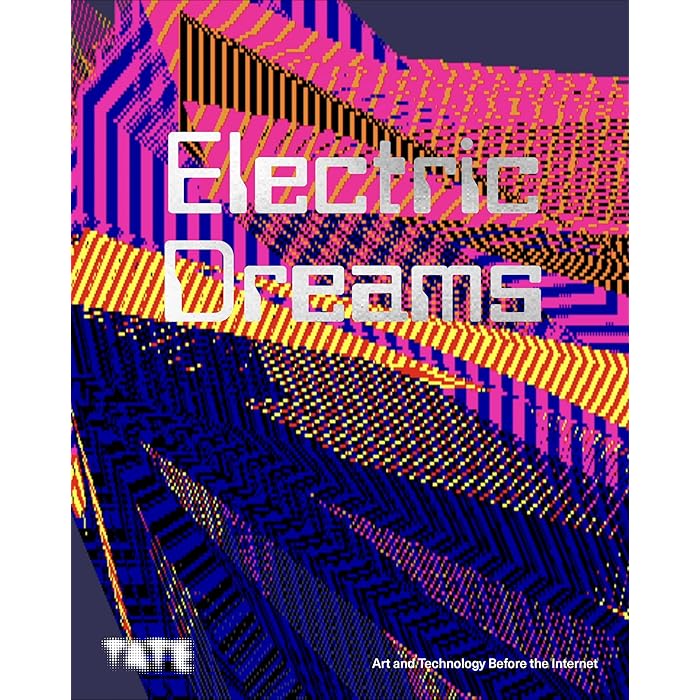




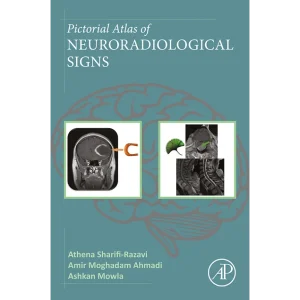
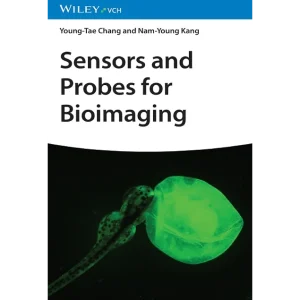



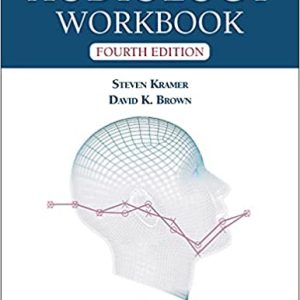
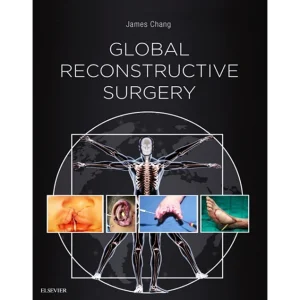
















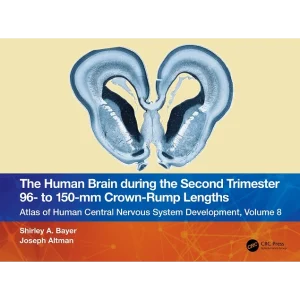
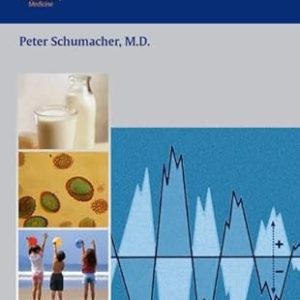


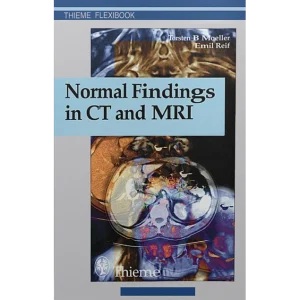




























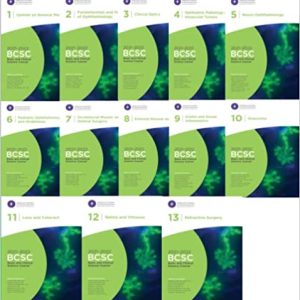




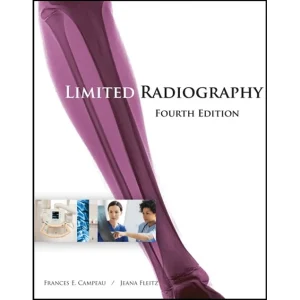


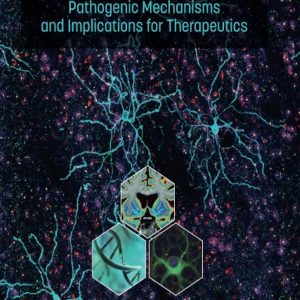





Reviews
There are no reviews yet.